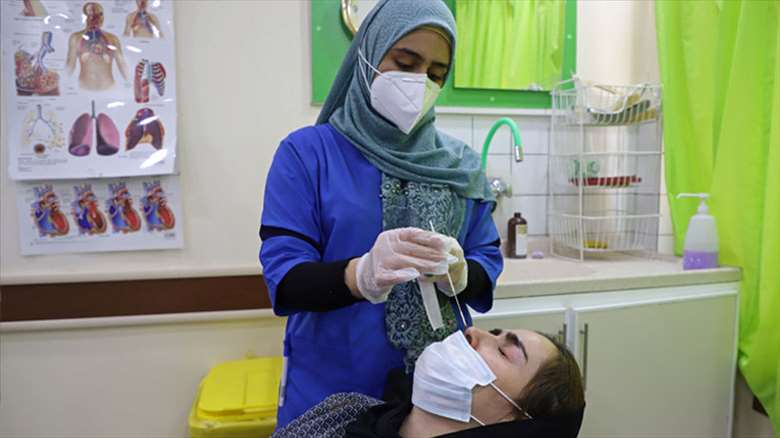COVID-19: Kurdistan Region tops 100,000 infections

ERBIL (Kurdistan 24) – Kurdistan Region health authorities registered 167 new coronavirus cases in the past 24 hours a day after total infections topped 100,000.
In its daily statement on COVID-19 figures, the regional health ministry said it had completed 4,713 tests across the autonomous region in the past day, 167 of which were positive.
The official statement also noted that there had been nine deaths during the same period: four in Sulaimani province, three in Erbil province, and two in Duhok.
There have now been over 100,296 confirmed infections in the Kurdistan Region, 3,291 of them fatal, according to ministry data.
So far, around 64,589 patients have recovered from the coronavirus disease.
It is important to note that a patient classified as a “recovery” means they are no longer actively treated by health professionals, not that they have fully recovered.
Increasingly, medical experts recognize that some COVID-19 symptoms, such as chronic fatigue, often continue long after an individual’s formal recovery and that various other symptoms, including significant lung damage, could be permanent.
Today’s figures indicate a decrease compared to those in recent months when daily infections reached as high as over 1000.
As Autumn approaches the Kurdistan Region, health officials repeatedly warn residents to adhere strictly to precautionary measures as infections from both coronavirus and seasonal influenzas could co-occur, overburdening the health care system.
According to Johns Hopkins University’s database, the coronavirus has infected more than 72 million people worldwide and killed over 1.6 million. The actual figures could be dramatically higher due to insufficient testing capabilities or underreporting.
Editing by Khrush Najari
